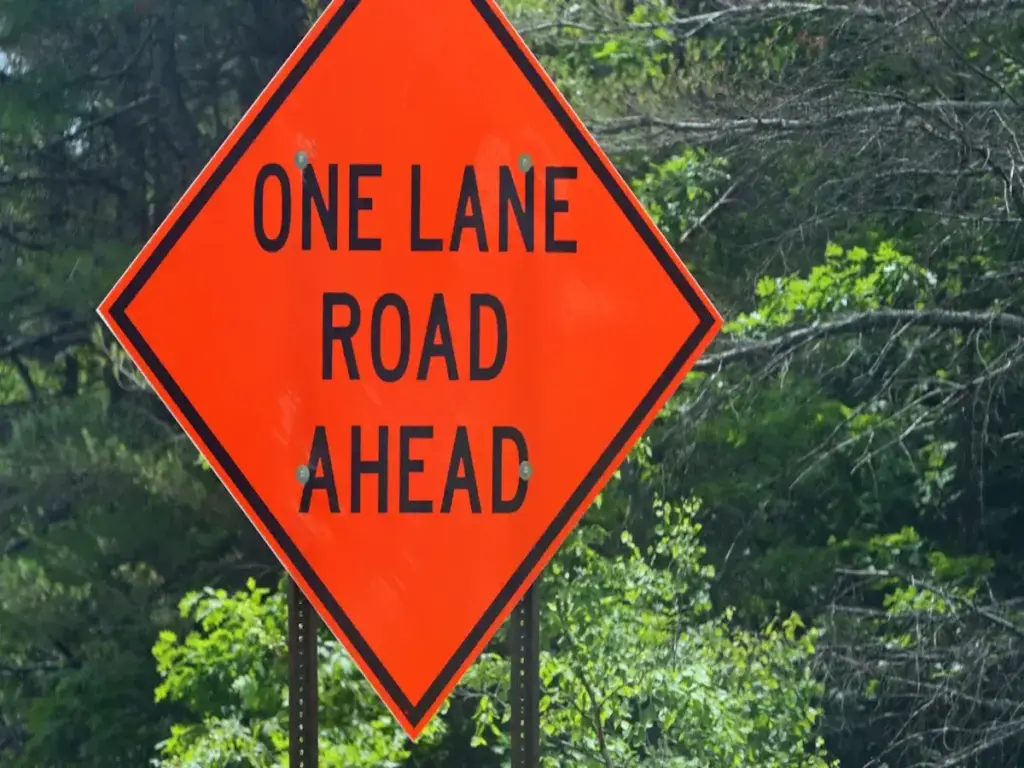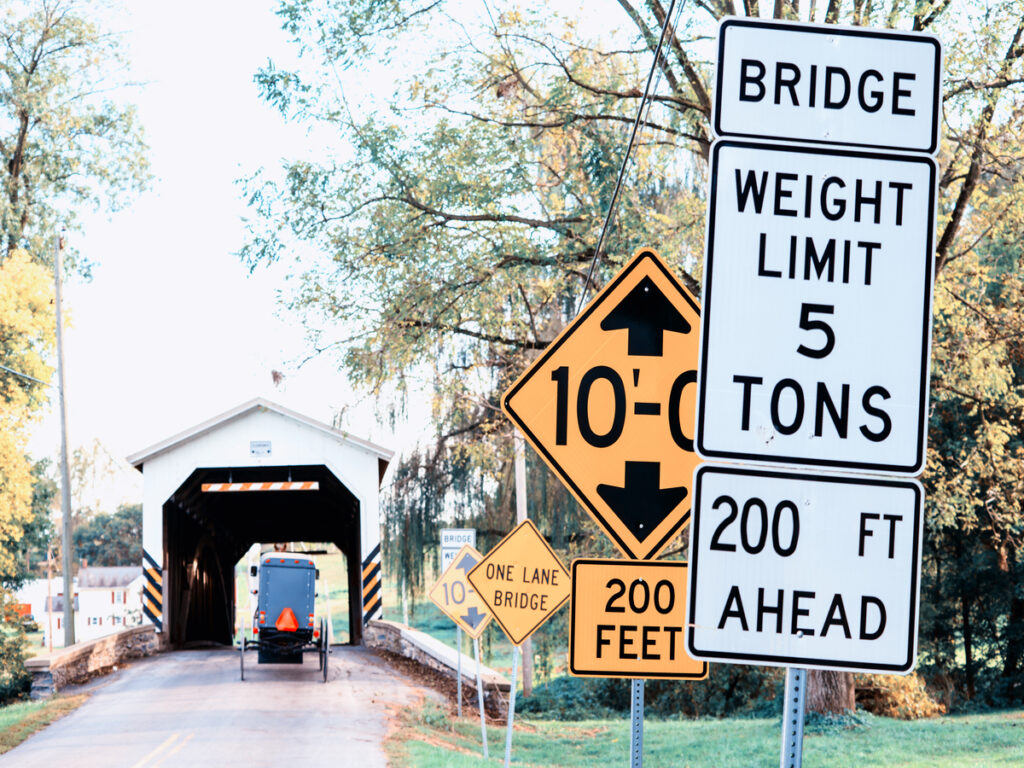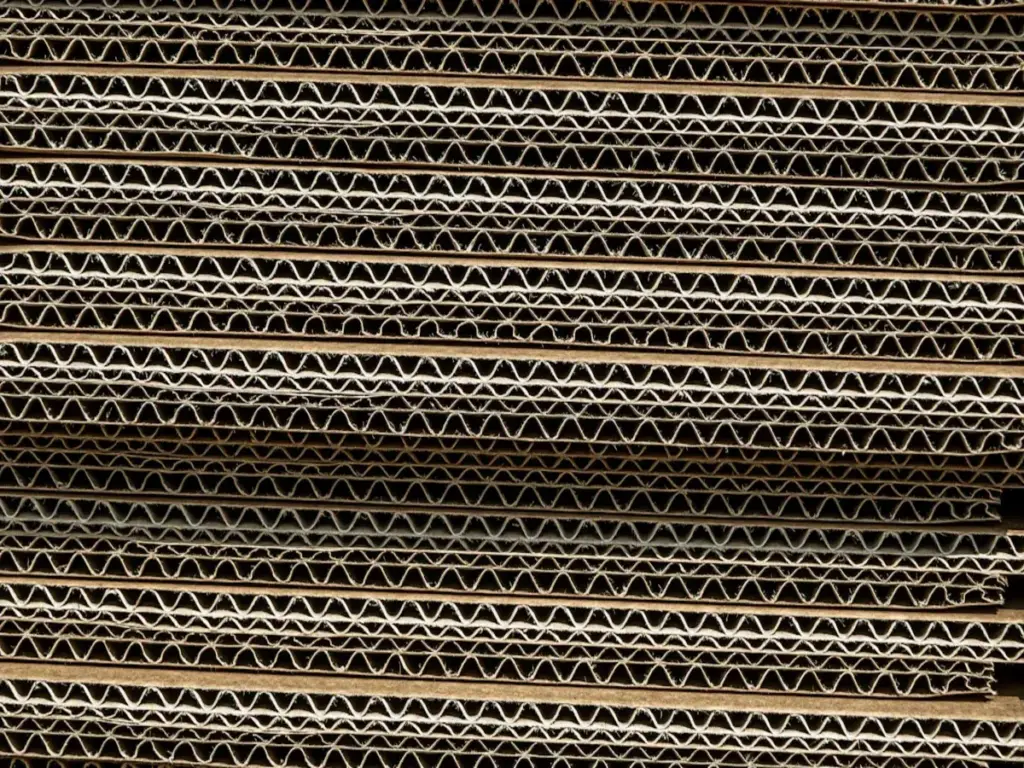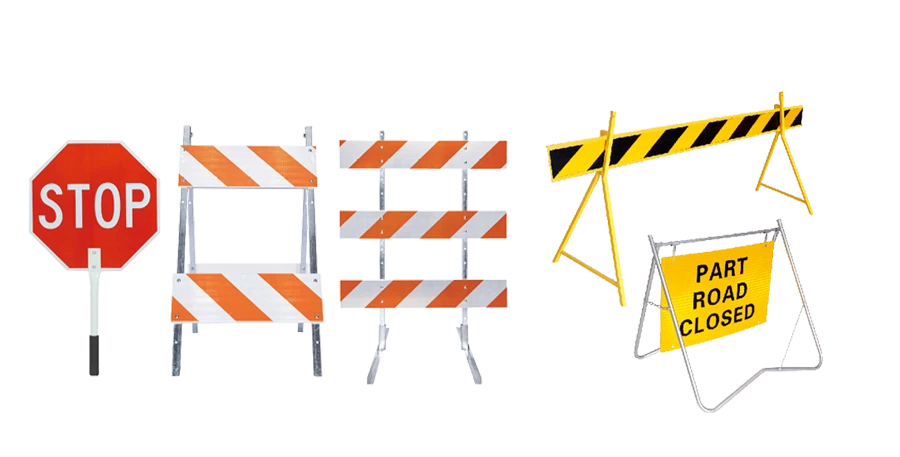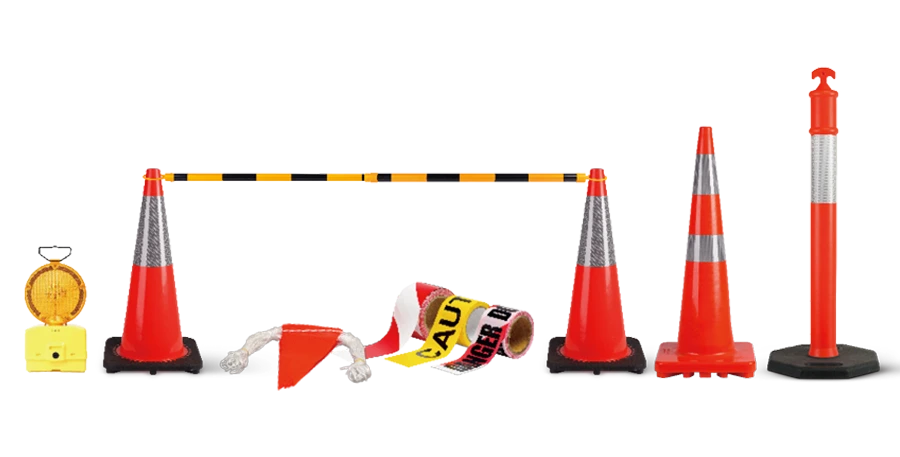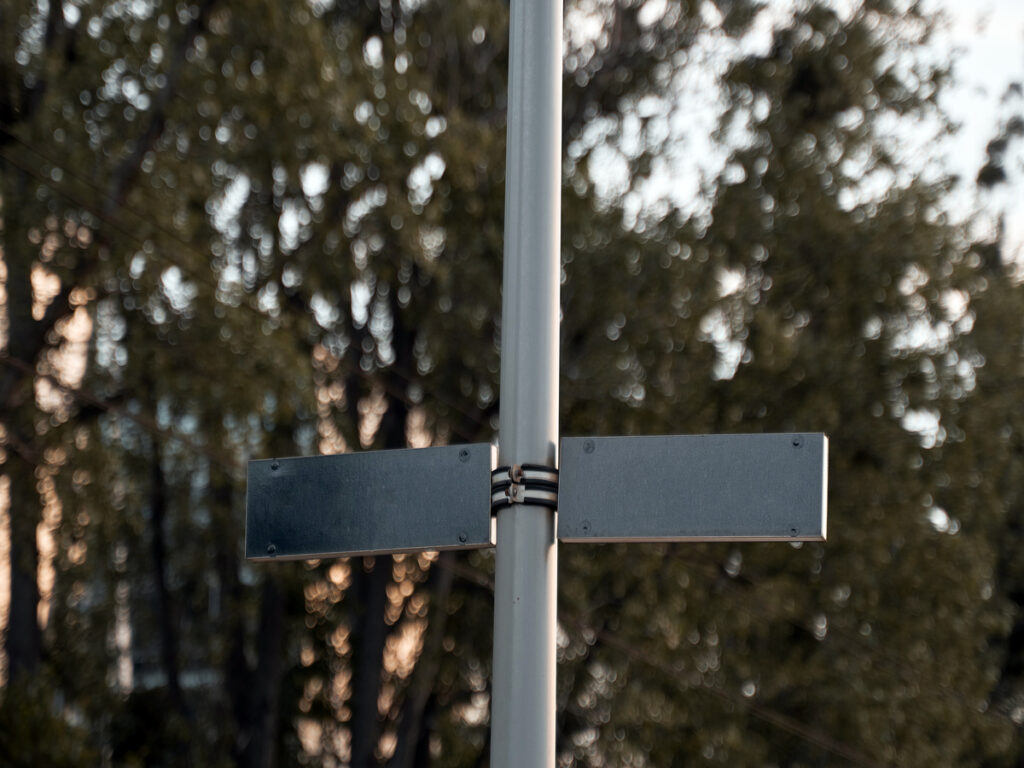
Schilderhalterungen aus Stahl sind wichtig, um Schilder stabil und sicher zu halten. Sie sind stark genug, um rauem Wetter und starker Beanspruchung standzuhalten. Hergestellt aus robusten Materialien, Diese Halterungen halten Schilder fest an Ort und Stelle. Sie funktionieren auch in Stresssituationen wie starkem Wind oder belebten Gegenden gut. Ihr intelligentes Design macht sie für viele verschiedene Aufgaben nützlich. Ob für Außenschilder oder Industrieflächen, Stahlhalterungen sind sehr zuverlässig.
OPTRAFFIC bietet eine breite Palette von Hochwertige Verkehrsschildhalterungen aus Stahl Entwickelt für maximale Haltbarkeit und Leistung. OPTRAFFIC-Verkehrssicherheitsprodukte erfüllen strenge Standards und sind so konstruiert, dass sie den härtesten Bedingungen standhalten, Stellen Sie sicher, dass Ihre Sicherheitsschilder auch in den kommenden Jahren sicher und sichtbar bleiben.
Key Takeaways
- Schilderhalterungen aus Stahl halten Schilder fest, auch bei schlechtem Wetter oder an überfüllten Orten.
- Den richtigen Stahl auswählen – Kohlenstoff, rostfrei, oder verzinkt – verlängert die Lebensdauer der Halterungen.
- Gute Installation und intelligente Designs, wie stabile Kanten und Formen, Klammern stärker machen.
- Durch Reinigen und Anbringen von Schutzschichten kann die Lebensdauer von Stahlklammern verlängert werden.
- Stahlklammern funktionieren an vielen Stellen gut, wie Straßenschilder oder Fabriken.
Materialzusammensetzung und Eigenschaften von Stahlschildhalterungen
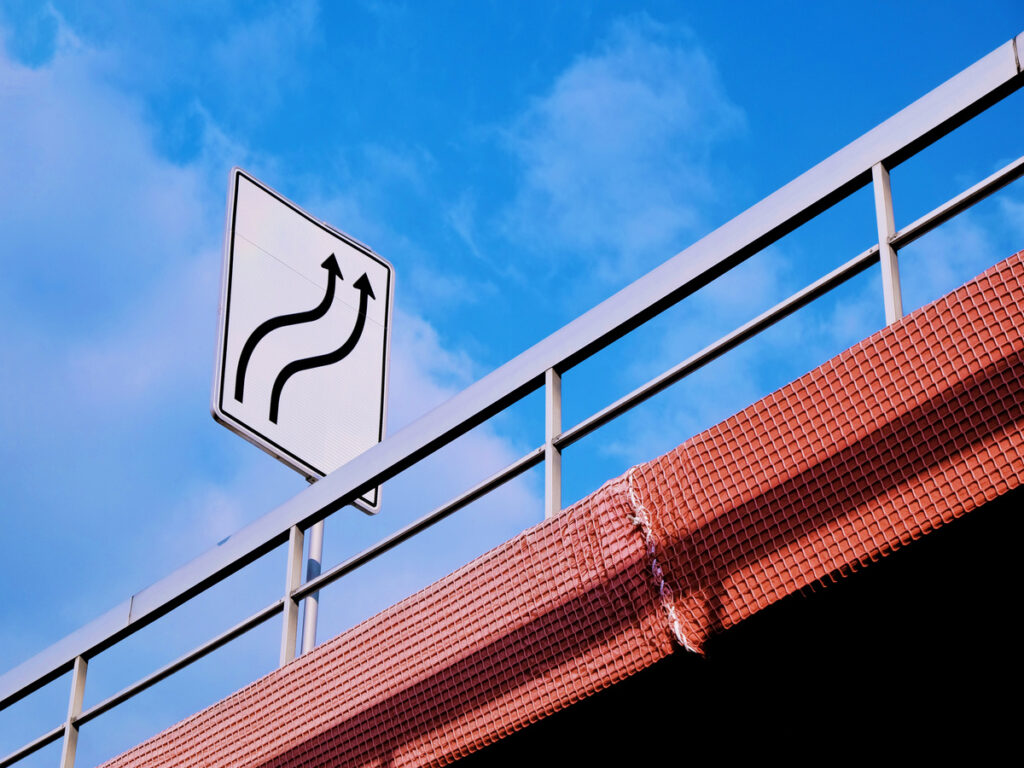
Verwendete Stahlarten (Kohlenstoff, Rostfrei, Verzinkt)
Stahlschildhalter werden aus verschiedenen Metallarten hergestellt. Kohlenstoffstahl ist stark und erschwinglich, Dadurch eignet es sich hervorragend für den täglichen Gebrauch. Edelstahl rostet nicht leicht, Daher eignet es sich gut für nasse oder salzige Orte. Verzinkter Stahl verfügt über eine Zinkbeschichtung, die Rost verhindert und im Freien länger hält.
Jede Stahlsorte hat ihre eigenen Vorteile. Kohlenstoffstahl ist robust für schwere Arbeiten. Edelstahl bleibt auch bei rauem Wetter stark. Verzinkter Stahl ist günstiger und schützt gut, was es im Freien nützlich macht.
Sie möchten wissen, welche Stahlhalterung Ihren Anforderungen am besten entspricht?? Lesen Sie unseren Blog: Edelstahl vs. Verzinkte Stahlhalterungen: Welches sollten Sie wählen? für einen ausführlichen Vergleich und kompetente Beratung.
Mechanische Eigenschaften: Stärke, Härte, und Duktilität
Stahlklammern verfügen über spezielle Eigenschaften, die ihnen helfen, Belastungen besser zu bewältigen. Stärke gibt an, wie viel Gewicht sie aushalten können, bevor sie brechen. Härte bedeutet, dass sie Kratzern und Dellen widerstehen. Die Duktilität gibt an, wie weit sie sich biegen können, ohne zu brechen.
Hier ist ein Vergleich dieser Merkmale für zwei Stahlsorten:
| Eigentum | Edelstahl (Austenitisch) | Weichstahl |
|---|---|---|
| Ertragsfestigkeit | 40-45% der Zugfestigkeit | 65-70% der Zugfestigkeit |
| Zugfestigkeit | Änderungen je nach Jahrgangsstufe | Änderungen je nach Jahrgangsstufe |
| Duktilität | 60-70% strecken | Weniger als Edelstahl |
| Härte | Gemessen mit Tools wie Rockwell | Genauso gemessen |
Tests wie der Charpy-Test prüfen, wie zäh Stahl ist. Bei diesem Test wird mit einem Pendel auf eine Probe geschlagen, um festzustellen, ob sie spröde oder flexibel ist. Andere Tests, wie Rockwell und Vickers, Messen Sie, wie tief eine Werkzeugmarkierung reicht, um die Härte zu überprüfen.
Einfluss der Materialwahl auf die Haltbarkeit
Der von Ihnen gewählte Stahl beeinflusst die Haltbarkeit Ihrer Klammern. Kohlenstoffstahl ist stark, benötigt jedoch Beschichtungen, um Rost zu verhindern. Edelstahl eignet sich am besten für nasse oder salzige Orte, da er nicht korrodiert. Verzinkter Stahl ist robust und rostbeständig, Machen Sie es gut für den Gebrauch im Freien.
Überlegen Sie, wo die Halterungen angebracht werden und wie viel Gewicht sie tragen. Für große Schilder an windigen Stellen, Beschichteter Kohlenstoffstahl funktioniert gut. Für nasse oder salzige Bereiche, Edelstahl ist am haltbarsten. Verzinkter Stahl ist eine gute Wahl für den allgemeinen Außenbereich, Bietet Festigkeit und Rostschutz.
Mechanische Festigkeit und Tragfähigkeit
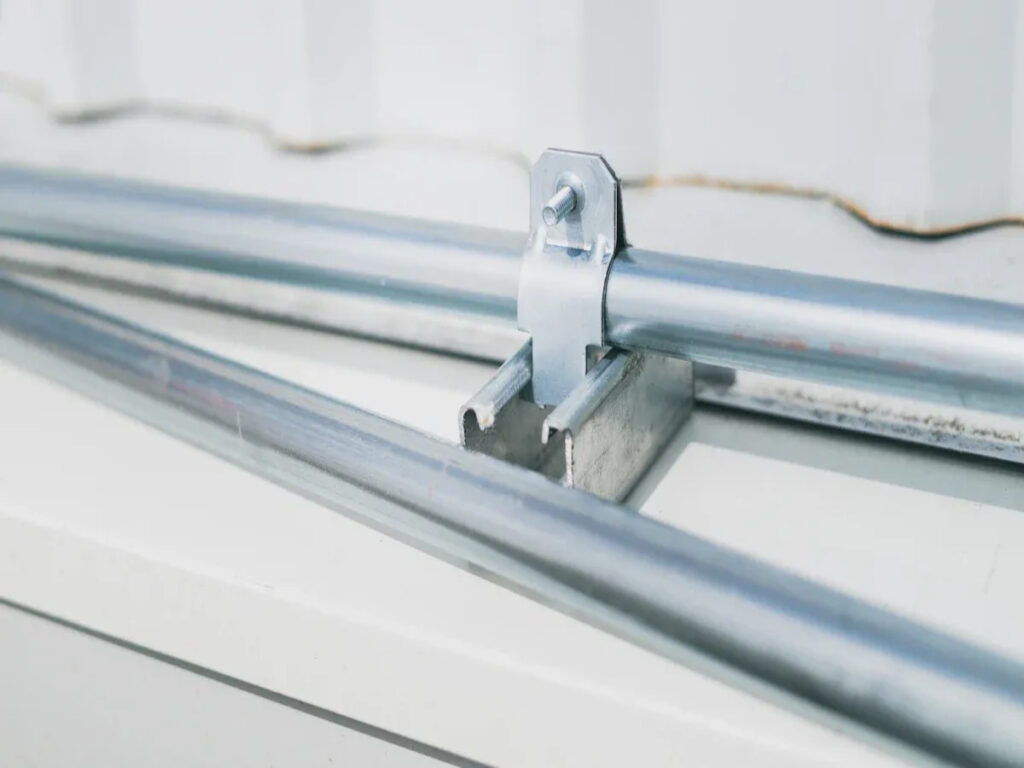
Widerstand gegen Biegung und Spannung
Stahlhalterungen halten Biege- und Zugkräften hervorragend stand. Im eingebauten Zustand, Sie bleiben unter Druck stark, ohne ihre Form zu verändern. Die Festigkeit des Stahls verhindert, dass die Halterungen beim Halten schwerer Schilder brechen. Dadurch eignen sie sich perfekt für anspruchsvolle Arbeiten wie Verkehrs- oder Industrieschilder.
Die Art und Weise, wie eine Verkehrsschildhalterung hergestellt wird, trägt dazu bei, dass sie Belastungen standhält. Starke Kanten und Stützen verteilen das Gewicht gleichmäßig. Dies verringert den Druck an einer Stelle und sorgt dafür, dass die Halterung langfristig stabil bleibt.
Leistung in schweren Installationen und Installationen mit mehreren Schildern
Stahlhalterungen sind für schwere Arbeiten konzipiert. Sie können große Schilder oder mehrere Schilder an einem Pfosten befestigen. Ihre Stärke sorgt dafür, dass die Schilder auch unter schwierigen Bedingungen stabil bleiben. Zum Beispiel, Halterungen für mehrere Schilder verteilen das Gewicht, um Schäden an der Hardware zu vermeiden.
Aufgrund der natürlichen Zähigkeit von Stahl können Halterungen schwere Lasten gut bewältigen. Ob in belebten Städten oder auf Autobahnen, Stahlhalterungen halten lange und bleiben zuverlässig.
Vibrations- und Schlagfestigkeit
Stahlhalterungen widerstehen Erschütterungen und Stößen sehr gut. Starker Wind oder vorbeifahrende Autos können ihnen nichts anhaben. Stahl absorbiert Energie und bleibt stabil, ohne zu reißen oder sich zu lösen.
Beschichtungen wie Zink oder Pulver schützen die Halterungen vor Witterungsschäden. Diese Beschichtungen verhindern Rost und halten die Halterungen auch unter schlechten Bedingungen stabil. Stahlklammern funktionieren auch an stressigen Orten gut und bleiben zuverlässig.
Korrosionsbeständigkeit und Schutzbeschichtungen
Warum Korrosion ein Problem für Stahlhalterungen ist
Rost macht Stahlhalterungen mit der Zeit schwächer. Wenn Stahl auf Wasser trifft, Luft, oder Salz, es bildet sich Rost. Dieser Rost beeinträchtigt die Festigkeit und Sicherheit der Halterung. Orte im Freien, Besonders in der Nähe von Ozeanen, Durch salzhaltige Luft und Feuchtigkeit kann es schneller zu Rost kommen. Für eine dauerhafte Nutzung ist es wichtig, rostbeständige Halterungen auszuwählen.
Wie Galvanisierung, Pulverbeschichtung, und Edelstahl-Hilfe
Beschichtungen schützen Stahl vor Rost. Galvanisierung Fügt eine Zinkschicht hinzu, um Rost zu verhindern. Pulverbeschichtung sorgt für eine starke Wirkung, farbenfrohe Abdeckung, die Beschädigungen widersteht. Edelstahl bekämpft auf natürliche Weise Rost, da es Chrom enthält.
Hier erfahren Sie, wie lange diese Optionen gültig sind:
- Pulverbeschichteter Stahl: Um 15-20 Jahre.
- Edelstahl: Über 100 Jahre.
Verzinkter Stahl ist erschwinglich und robust für den Außenbereich. Pulverbeschichtete Halterungen sehen schön aus und bleiben robust. Edelstahl hält am längsten, Auch bei rauem Wetter.
Damit Klammern auch unter schwierigen Bedingungen länger halten
Damit die Klammern stabil bleiben, Wählen Sie das richtige Material und die richtige Beschichtung. In nassen oder salzigen Gebieten, Edelstahl ist die beste Wahl. Verzinkter Stahl eignet sich gut für den Außenbereich, und pulverbeschichtete Halterungen sorgen für Stil und Stabilität. Auch die Reinigung und Überprüfung auf Beschädigungen trägt dazu bei, dass die Brackets länger halten.
Durch die Wahl des richtigen Stahls und der richtigen Beschichtung bleiben die Halterungen viele Jahre lang stabil und rostfrei.
Designmerkmale, die Brackets stärker und langlebiger machen
Starker Körperbau und intelligente Formen
Wie eine Verkehrsschildhalterung hergestellt wird, beeinflusst ihre Festigkeit. Stärkere Konstruktionen tragen dazu bei, dass die Halterungen schwere Lasten halten können, ohne sich zu verbiegen. Viele Schilderhalterungen haben dickere Kanten oder zusätzliche Stützen. Diese Eigenschaften verteilen das Gewicht gleichmäßig, So wird an keiner Stelle zu viel Druck ausgeübt.
Auch die Form der Halterung spielt eine Rolle. Gebogene oder abgewinkelte Halterungen halten dem Druck besser stand als flache. Diese Formen halten die Halterung stabil gegen Ziehen oder Erschüttern. Zum Beispiel, Verkehrsschildhalterungen haben oft starke Ecken, um Wind und Stößen standzuhalten. Die Wahl einer gut gefertigten Halterung bedeutet, dass sie länger hält und sicher bleibt.
Schraubenlöcher und rechte Befestigungselemente
Es ist wichtig, wo die Schraubenlöcher platziert sind. Gut verteilte Löcher sorgen für eine gleichmäßige Gewichtsverteilung, wodurch die Halterung stärker wird. Wenn die Löcher zu nahe am Rand liegen, Das Metall kann schwächer werden. Suchen Sie nach Halterungen mit Löchern an geeigneten Stellen, um dieses Problem zu vermeiden.
Wichtig ist auch die Verwendung der richtigen Bolzen oder Schrauben. Die richtigen Befestigungselemente halten die Halterung fest und sicher. Viele Halterungen sind mit vorgebohrten Löchern ausgestattet, die für Standardschrauben geeignet sind. Dadurch wird das Aufstellen einfacher und sicherer. Überprüfen Sie immer die Größe und den Typ des Befestigungselements, um sicherzustellen, dass die Halterung stabil bleibt.
Benutzerfreundliche und flexible Designs
Neuere Halterungen lassen sich einfacher installieren und anpassen. Durch den modularen Aufbau können Sie je nach Bedarf Teile hinzufügen oder entfernen. Dies eignet sich hervorragend zum Halten von mehr als einem Schild. Außerdem sparen Sie Zeit und Geld, da Sie keine kundenspezifischen Halterungen benötigen.
Schnell montierte Verkehrsschildhalterungen sind einfach einzurichten. Sie werden häufig mit bereits zusammengebauten Teilen oder mit Aufsteckelementen geliefert. Für die Installation benötigen Sie keine Spezialwerkzeuge, was die Arbeit beschleunigt. Diese Halterungen sind hilfreich, wenn Sie Schilder schnell austauschen müssen.
Diese einfachen Designs sparen nicht nur Zeit. Außerdem verlängern sie die Lebensdauer der Verkehrsschildhalterungen, indem sie sicherstellen, dass sie korrekt installiert werden. Eine gute Passform hält die Halterung unter Druck stabil, es funktioniert also lange gut.
Anwendungen von Stahlschildhalterungen
Schilderhalterungen aus Stahl werden vielfältig eingesetzt. Sie sind stark, lang anhaltende, und kann für den Außenbereich verwendet werden, industriell, und Stadtprojekte. Schauen wir uns einige häufige Verwendungszwecke dieser Klammern an.
Außen- und Verkehrsbeschilderung
Stahlhalterungen sind wichtig für Außen- und Verkehrsschilder. Sie halten Zeichen stabil, auch bei rauem Wetter oder in stark befahrenen Gegenden. Beschichtungen wie Verzinkung verhindern Rost, aber Regen, salzige Luft, oder saurer Regen kann sie zermürben. Unter guten Bedingungen, Diese Halterungen halten bis zu 50 Jahre. An härteren Orten, sie können nur von Dauer sein 10-20 Jahre. Regelmäßige Pflege, wie das Hinzufügen neuer Beschichtungen, hilft ihnen, länger zu dauern.
Sie werden diese Halterungen sehen, die Schilder auf Autobahnen halten, Straßen, und Landstraßen. Sie kommen mit Erschütterungen und Schlägen zurecht, Daher eignen sie sich hervorragend für Verkehrsschilder. Ob Stoppschild oder Wegweiser, Stahlhalterungen halten Schilder sicher und fest.
Industrielle und gewerbliche Anlagen
In Fabriken, Geschäfte, und Lagerhäuser, Stahlklammern halten schwere Schilder. Diese Orte benötigen starke Halterungen für große Schilder, die wichtige Informationen weitergeben. Stahlhalterungen bleiben auch bei hohem Gewicht stabil.
Diese Halterungen können für verschiedene Setups passen. Bei einigen Designs können Sie Teile problemlos ändern oder hinzufügen. Schnellmontagehalterungen machen das Anbringen von Schildern schneller und einfacher. Für Unternehmen, Das bedeutet Zeichen, die stark sind und lange halten.
Kommunale und öffentliche Infrastruktur
Städte nutzen Stahlhalterungen für öffentliche Projekte. Straßenschilder, Parkhinweise, und andere Markierungen sind darauf angewiesen, dass diese Halterungen an Ort und Stelle bleiben. Aufgrund ihrer Rostbeständigkeit eignen sie sich hervorragend für den Außenbereich in Städten.
In öffentlichen Bereichen, Klammern müssen robust sein. Sie sind dem Wetter ausgesetzt, Verschmutzung, und versehentliche Treffer, funktionieren aber immer noch gut. Durch die Auswahl der richtigen Klammern, Städte können dafür sorgen, dass die Schilder klar und für alle nützlich sind.
Schilderhalterungen aus Stahl sind eine starke und zuverlässige Wahl für Schilder. Sie bleiben windfest, Wasser, und Treffer von Gegenständen. Dank ihres intelligenten Designs eignen sie sich hervorragend zum sicheren Halten schwerer Schilder. Sie können sie für Verkehrssicherheitsschilder oder Fabrikanlagen verwenden. Sie halten lange und funktionieren wirklich gut.
Erfahren Sie mehr über die verschiedenen Arten von Verkehrszeichenhalterungen und finden Sie die perfekte Lösung für Ihre Installationsanforderungen, Schauen Sie sich unseren detaillierten Leitfaden an: Arten von Verkehrszeichenklammern: Eine vollständige Anleitung für Installateure und Ingenieure.
FAQ
Warum eignen sich Metallhalterungen besser für Schilder als andere Materialien??
Metallbrackets sind sehr stabil und halten lange. Sie verbiegen sich nicht so leicht, schwere Schilder halten, und schlechtes Wetter überstehen. Dies macht sie zur besten Wahl für Außenschilder.
Wie können Sie Metallbrackets in gutem Zustand halten??
Reinigen Sie die Halterungen häufig, um Schmutz und Wasser zu entfernen. Überprüfen Sie es auf Rost oder Beschädigungen und tragen Sie Beschichtungen wie Farbe oder Pulver auf. Diese Schritte tragen dazu bei, dass die Klammern stabil bleiben und länger halten.
Halten Metallhalterungen rauem Wetter stand??
Ja, Metallklammern funktionieren gut bei schlechtem Wetter. Sie sind so gebaut, dass sie dem Wind standhalten, Regen, und Temperaturänderungen. Beschichtete Halterungen, wie verzinkter oder rostfreier Stahl, sind sogar noch besser für salzige oder nasse Orte.
Eignen sich Metallhalterungen zum Halten von mehr als einem Schild??
Metallhalterungen eignen sich hervorragend zum Halten mehrerer Schilder. Sie sind stark genug, um schwere Lasten zu tragen, ohne zu brechen. Bei einigen Designs können Sie ganz einfach Schilder anpassen oder hinzufügen, Dadurch sind sie flexibel und zuverlässig.
Welche Beschichtungen eignen sich am besten für Metallbrackets??
Verzinkt, pulverbeschichtet, und Edelstahloberflächen funktionieren gut. Verzinkte Beschichtungen verhindern Rost, Pulverbeschichtungen verleihen Stärke und Farbe, und Edelstahl ist lange rostbeständig. Wählen Sie diejenige aus, die Ihren Bedürfnissen und Ihrem Standort entspricht.

